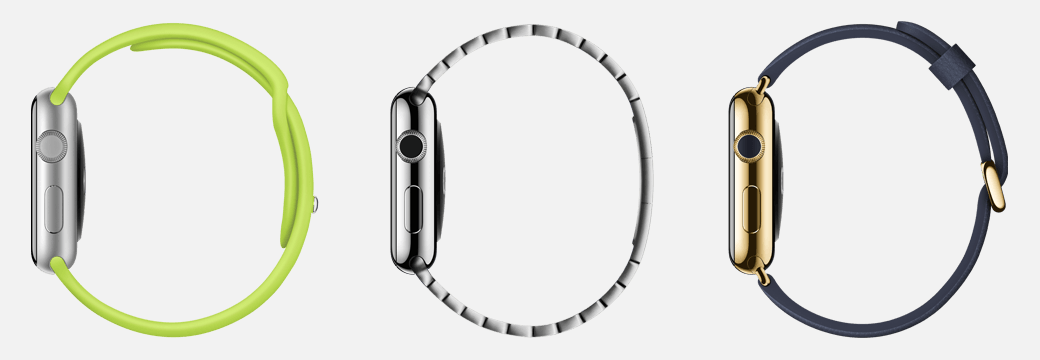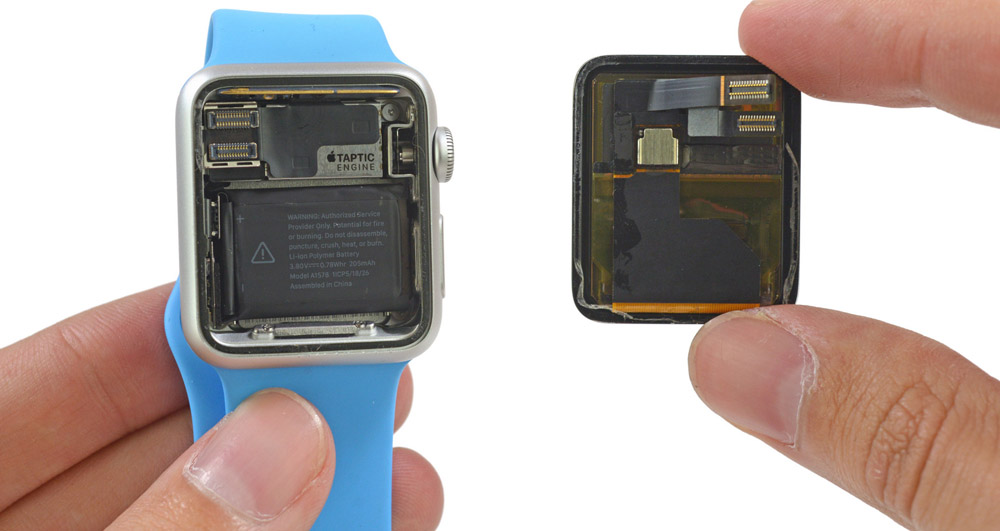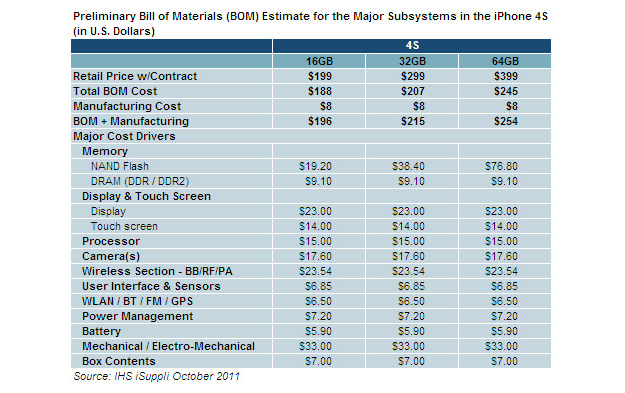Latest Slice estimates put U.S. Apple Watch sales at 2.8M as IHS analysis says $49 band costs Apple $2

Slice Intelligence, which tracks online orders by scanning the email inboxes of more than 2M panel members, estimates that Apple has sold 2.79M Apple Watches in the USA, reports Reuters. The estimate does not include sales in the United Kingdom, Australia, Canada, China, France, Germany, Hong Kong or Japan.
Slice last month reported that around 1.5M U.S. orders were placed on the first day of pre-orders, with sales tailing off rapidly after this. KGI is estimating worldwide sales of 5-6M Watches in Q3, 20-30% down on earlier estimates.
Sales are likely to be boosted by the availability of in-store pickup as of this week, with global sales set to grow significantly following a launch in a second wave of countries later this month. Apple has not released any numbers, simply saying that it was “thrilled” by the popularity of the Watch …
Expand
Expanding
Close






